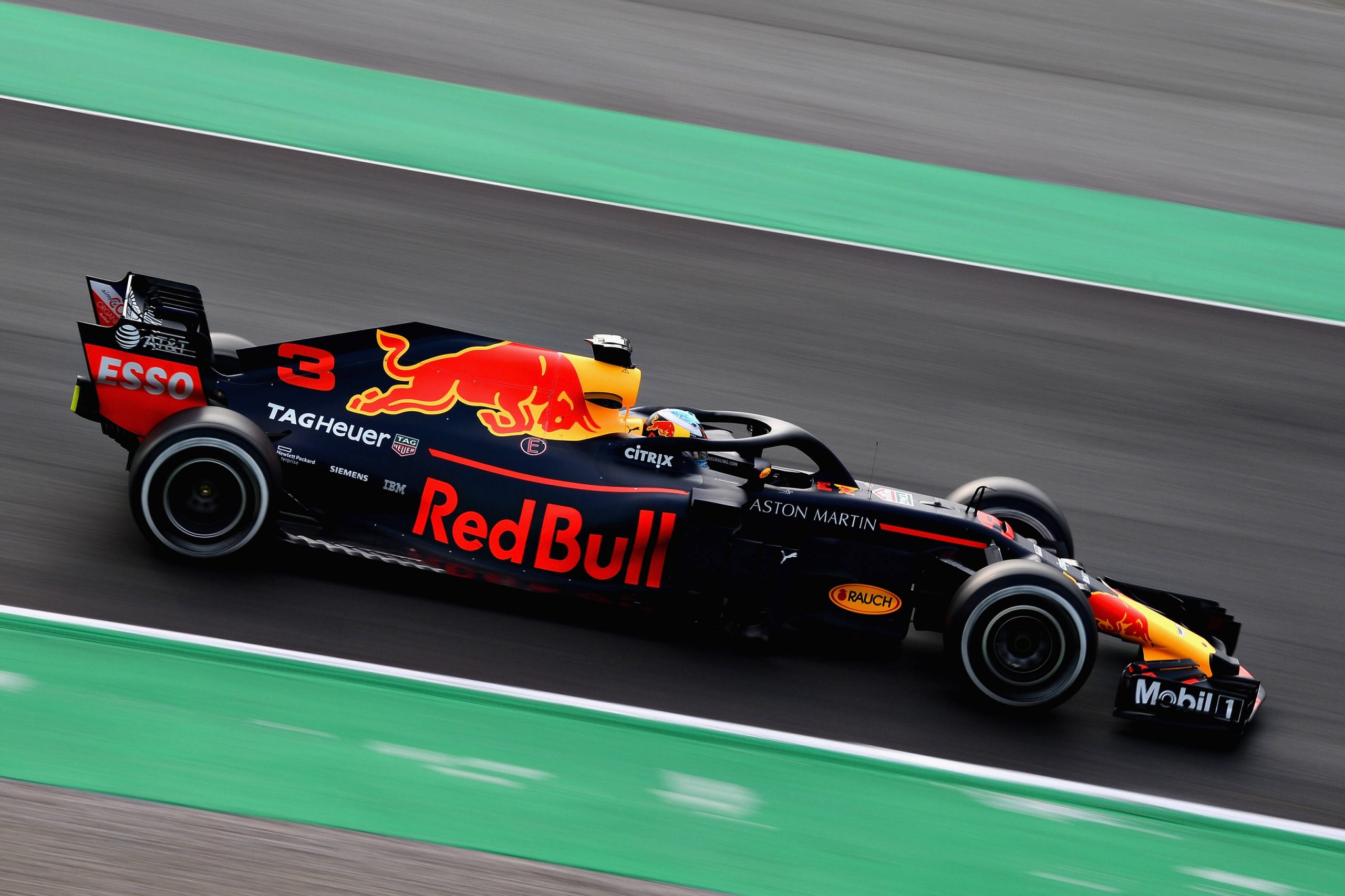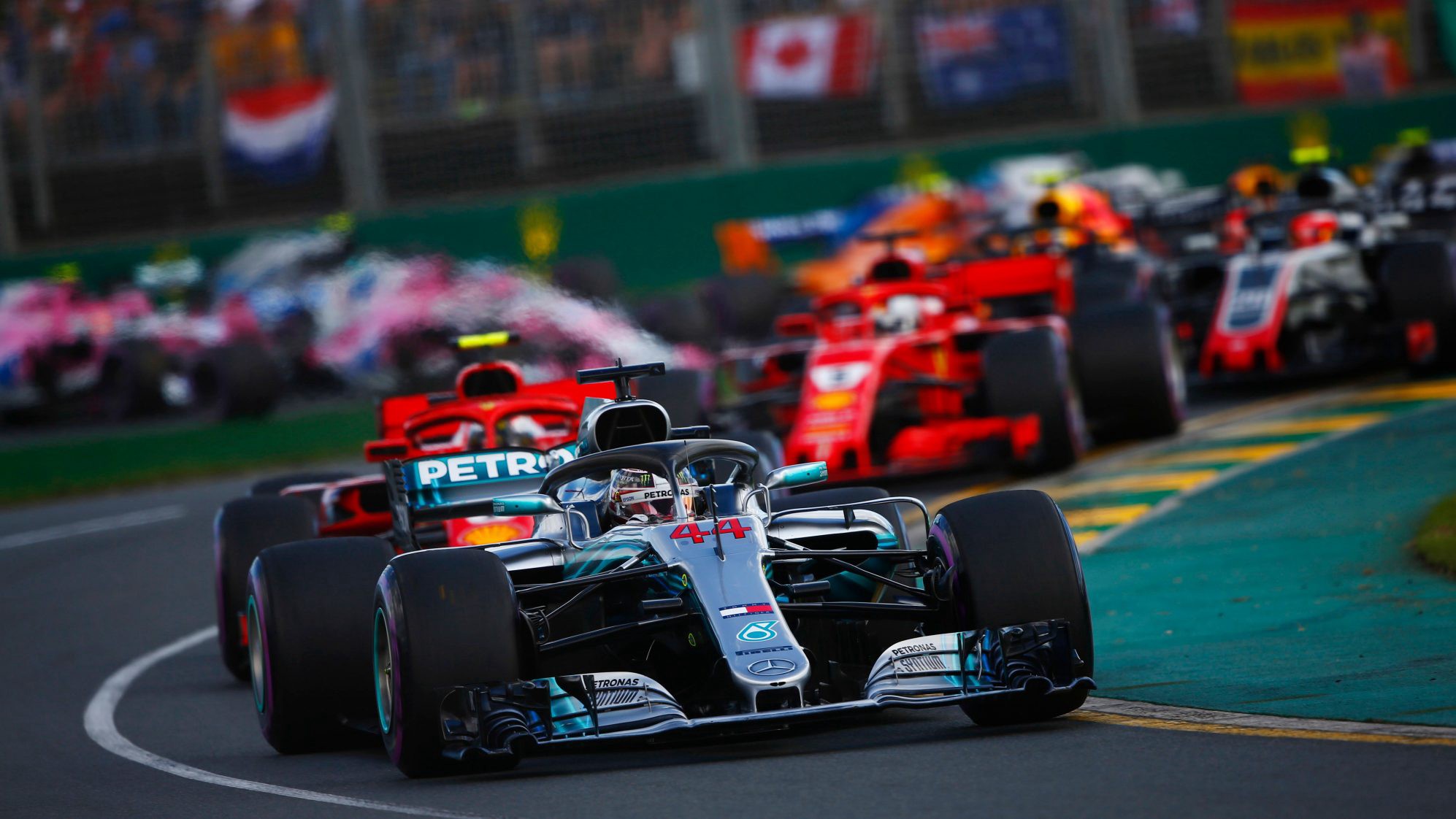F1 racing – High speed and thrills
On each car there are about 80,000 different parts with 100 percent accuracy. Any deviation can affect the results on the track. The F1 car is also one of the safest cars in the world. Most of the drivers are able to survive and return to the track after crashes at frightening speed. After each race, the tire wears about 0.5kg.
One of the world’s most impressive F1 races is the Singapore Grand Prix, the only nighttime race in the beautiful lion island nation. A special feature of the Singapore Grand Prix, also known as Marina Bay Street, is that this track does not require high engine power.

But requires driving and control techniques of the riders. The corners of the track are close together, spread evenly over the length of the race, making the racers have to continuously increase and decrease the throttle and adjust properly.
In addition, the close corners of the corners force the racers to continuously click the brakes, causing the tires to quickly wear out, even burn the tires. Lewis Hamilton and Sebastian Vettel are the best performers here with 4 wins. The team that wins the most is the Mercedes team (4 times).
F1 racers’ helmets are on the list of the most durable things in the world, composed of 17 layers of material, weighing about 7kg. These hats can withstand the heat of 800oC for 45 seconds. Each rider has outstanding physical strength because of having to endure an incredible intensity after each race, with an average length of around 300km, lasting about 90 minutes.

It is also a kind of street race because it fits neatly on the park’s campus. But the Melbourne track in Australia is not as narrow and difficult to overcome as the Monaco or Singapore street racing.
Meanwhile, the Spa-Francorchamps race in Belgium is considered a mecca in the F1 sport. Because the design requires high speed with the corners, the F1 engine must operate at full capacity.